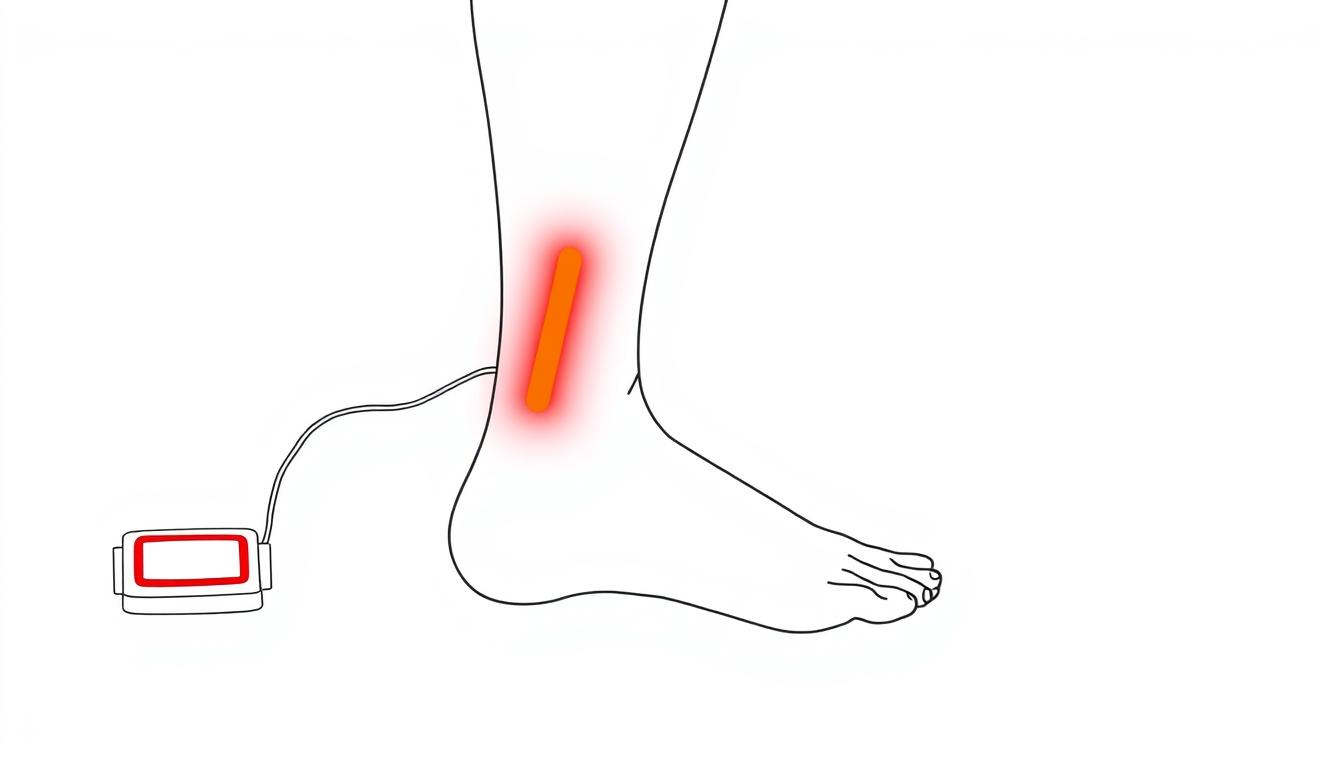Achilles tendonitis affects approximately 11% of runners and up to 9% of recreational athletes, causing persistent heel pain that can severely limit mobility and quality of life. When conventional treatments like rest, ice, and anti-inflammatories fall short, many sufferers seek alternative solutions.
Red light therapy (RLT) has emerged as a promising, non-invasive approach for tendon healing. This therapy uses specific wavelengths of red and near-infrared light to penetrate deep into tissues, stimulating cellular energy production and accelerating the body’s natural repair mechanisms.
This guide examines the clinical evidence behind red light therapy for Achilles tendonitis, comparing treatment protocols and device options to help you make an informed decision about this innovative healing modality.
Understanding Achilles Tendonitis and How Red Light Therapy Works
The Achilles tendon, connecting your calf muscles to your heel bone, is the largest tendon in the body. When this tendon becomes inflamed or develops micro-tears from overuse, the resulting condition—Achilles tendonitis—can cause significant pain and limited mobility.
Conventional treatments often provide incomplete relief, leading many patients to explore alternative therapies like red light therapy. But how exactly does this technology support tendon healing?
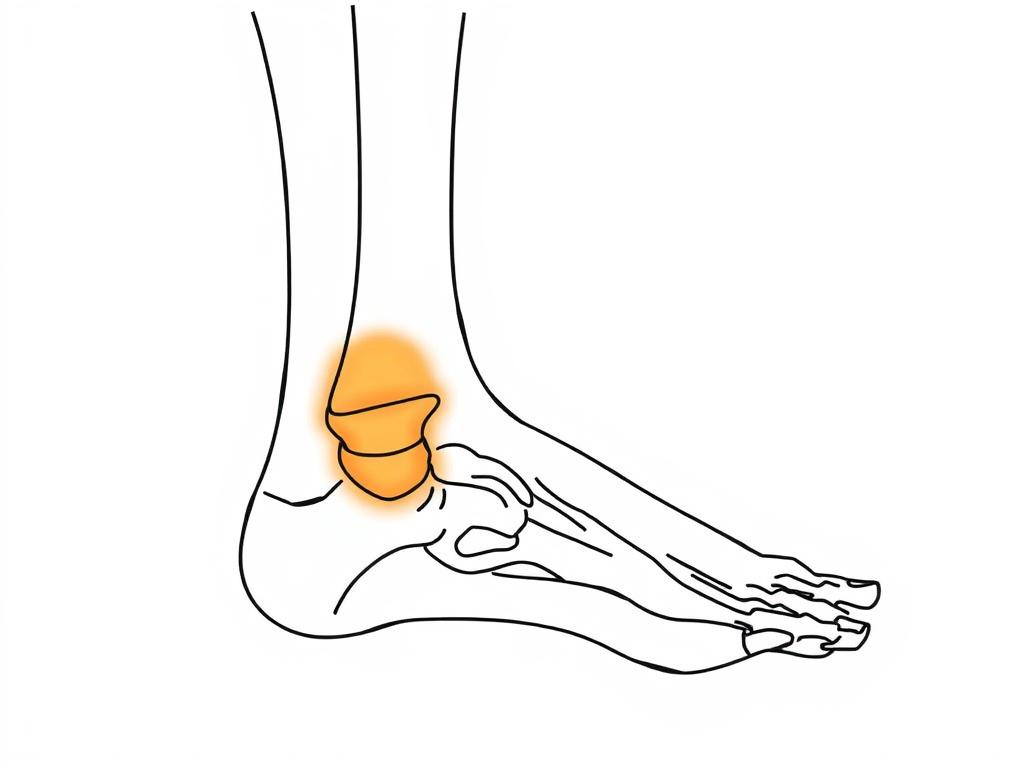
The Science Behind Red Light Therapy for Tendon Healing
Red light therapy works through photobiomodulation—a process where specific wavelengths of light trigger biological changes at the cellular level. When applied to damaged tendons, these wavelengths penetrate several centimeters into tissue, reaching the Achilles tendon even through skin and superficial tissues.
At the cellular level, red and near-infrared light is absorbed by mitochondria—the energy-producing components of your cells. This stimulates increased production of adenosine triphosphate (ATP), the primary energy carrier in cells, giving your body extra resources for healing.
Beyond energy production, red light therapy offers several specific benefits for tendon healing:
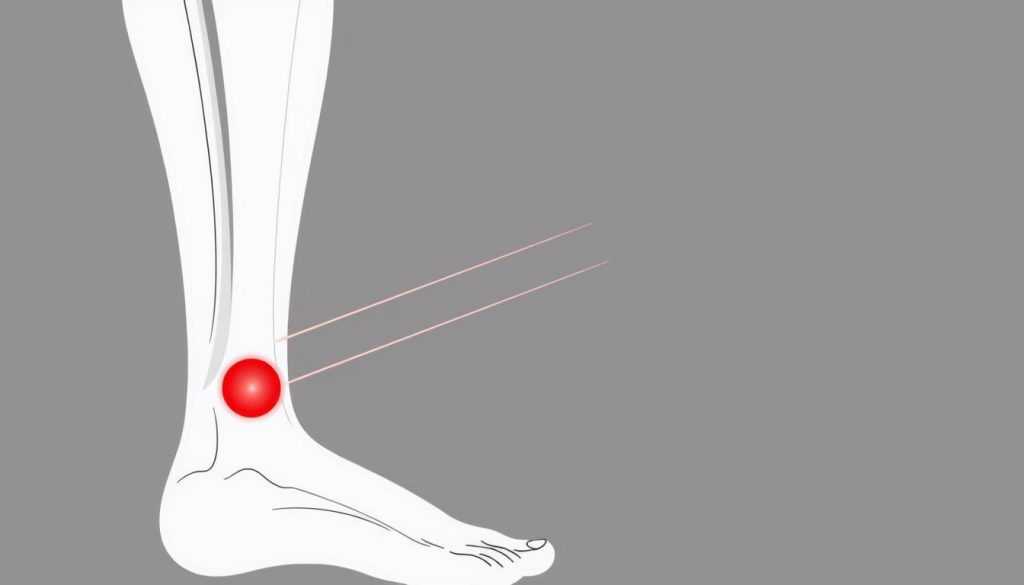
Clinical Evidence Supporting Red Light Therapy for Tendon Repair
The effectiveness of red light therapy for Achilles tendonitis is supported by a growing body of clinical research. Here are key studies demonstrating its benefits for tendon healing:
Key Research Findings
Tumilty et al. (2016) conducted a randomized controlled trial examining the effects of 810 nm laser therapy on Achilles tendinopathy. Participants received either active laser or placebo treatment alongside an eccentric exercise program. The laser therapy group showed significantly greater improvement in pain scores and tendon function after 12 weeks.
Stergioulas et al. (2008) found that patients with Achilles tendonitis who received 820 nm laser therapy twice weekly for 8 weeks experienced a 53% greater reduction in pain compared to the placebo group. They also demonstrated improved morning stiffness scores and increased range of motion.
Bjordal et al. (2006) conducted a meta-analysis of 13 randomized controlled trials on low-level laser therapy for tendinopathy. They concluded that when appropriate dosages and wavelengths were used, laser therapy significantly reduced pain and improved function in various tendon disorders, including Achilles tendonitis.
Optimal Wavelengths and Treatment Parameters
Research indicates that specific wavelengths are most effective for tendon healing. The most beneficial wavelengths fall within two primary ranges:
Red Light (630-660 nm)
Penetrates 2-3 mm into tissue, beneficial for superficial aspects of the tendon and surrounding tissues. Particularly effective for reducing surface inflammation and improving circulation to the area.
Near-Infrared Light (810-850 nm)
Penetrates 5-7 cm into tissue, reaching deep into the Achilles tendon structure. Especially effective for stimulating mitochondrial function and collagen production within the tendon itself.
The most effective treatment protocols typically involve consistent application of both wavelength ranges, with sessions of 5-15 minutes applied directly to the affected area. Clinical studies show optimal results with treatment 3-5 times weekly for 4-6 weeks.

Comparing Red Light Therapy Devices for Achilles Tendonitis
When selecting a red light therapy device for treating Achilles tendonitis, several factors determine effectiveness: wavelength combination, power density, treatment area coverage, and ease of application to the affected tendon.
Key Features to Consider in Red Light Therapy Devices
Find the Right Red Light Therapy Device for Your Needs
Different tendon conditions respond best to specific wavelength combinations and treatment protocols. Compare leading red light therapy panels side-by-side to find the optimal device for treating Achilles tendonitis and other musculoskeletal conditions.
Effective Device Options for Home Treatment
For Achilles tendonitis specifically, both targeted and full-body devices offer advantages. The Total Spectrum Mini (12″ × 12″) provides an excellent targeted option that can be easily positioned to treat the Achilles area while seated. Its compact size makes it ideal for focused treatment of this specific region.
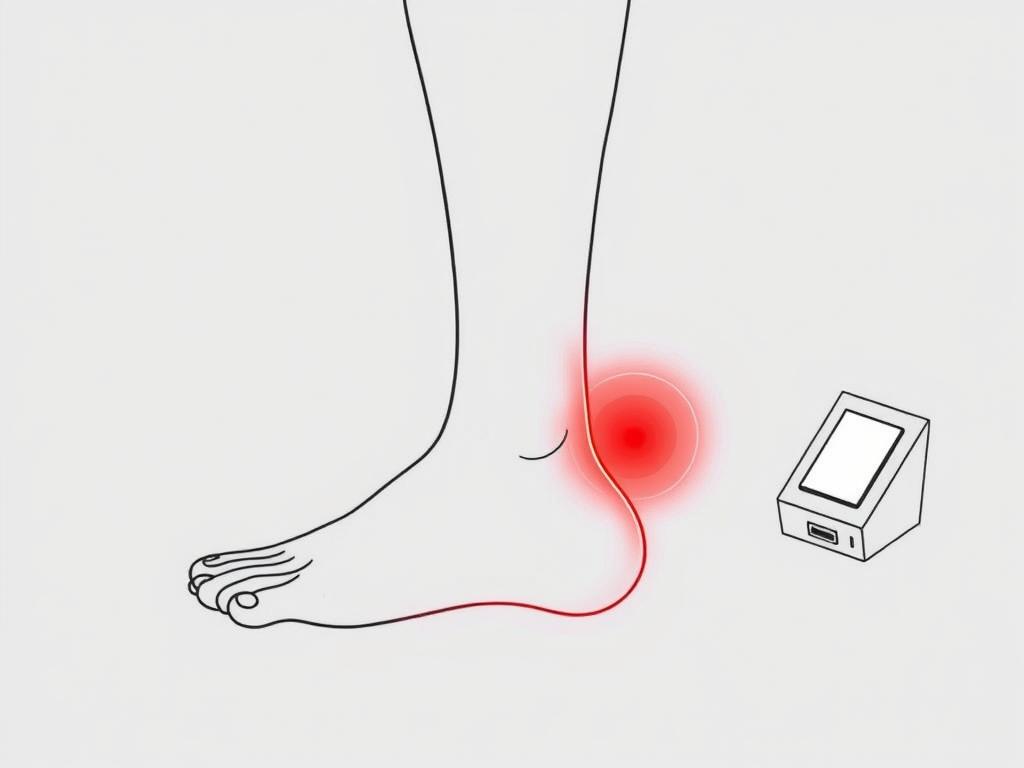
For those seeking more comprehensive treatment options, the Total Spectrum Ultra offers full-body coverage with its 64″ × 12″ panel size. This allows for simultaneous treatment of both Achilles tendons and other areas that might benefit from therapy, such as calf muscles that connect to the tendon.
While several quality manufacturers produce effective devices, it’s worth noting that PlatinumLED offers excellent durability in their construction, and Joovv provides convenient app integration for treatment tracking. When comparing options, look for devices that offer the clinically validated wavelengths mentioned in the research studies above.
Effective Treatment Protocol for Achilles Tendonitis
Based on clinical research and therapeutic guidelines, here’s an evidence-based protocol for treating Achilles tendonitis with red light therapy:
Recommended Treatment Protocol
For optimal results, consistency is key. Many users report noticeable improvement within 2-3 weeks, though complete healing of chronic tendon issues may require longer treatment courses.
Complementary Approaches for Enhanced Results
While red light therapy can significantly accelerate healing, combining it with other evidence-based approaches may further improve outcomes:
Supportive Measures
Nutritional Support
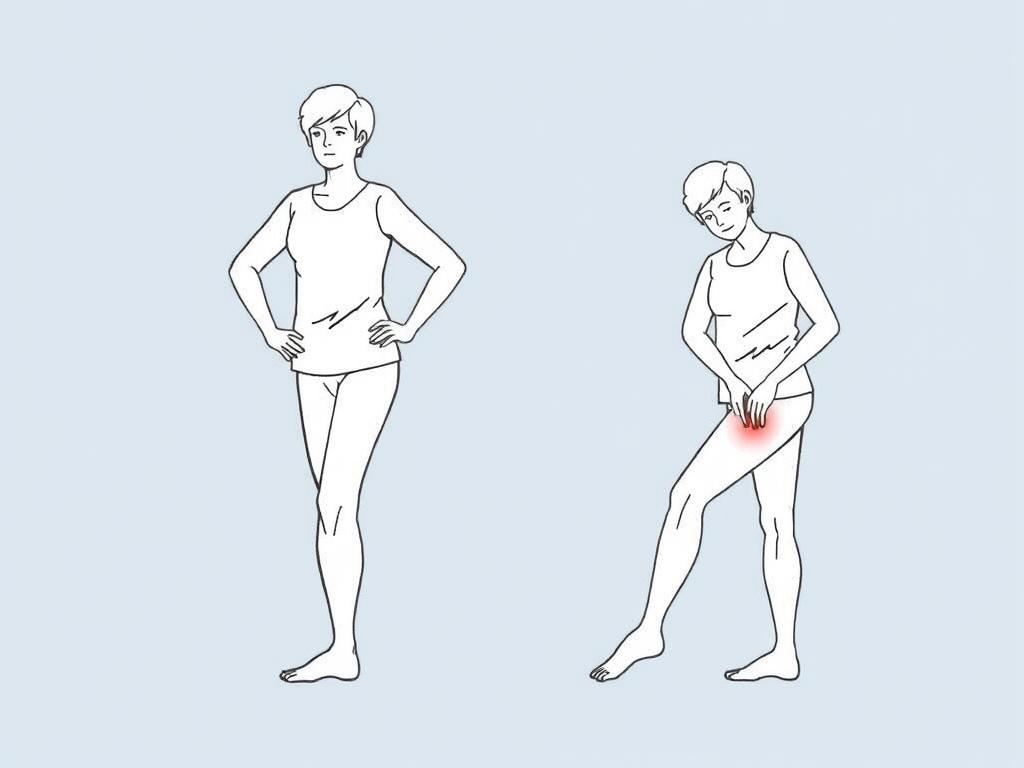
Conclusion: Is Red Light Therapy Right for Your Achilles Tendonitis?
The clinical evidence strongly supports red light therapy as an effective, non-invasive treatment option for Achilles tendonitis. By stimulating cellular energy production, reducing inflammation, and enhancing collagen synthesis, this therapy addresses the underlying causes of tendon pain rather than simply masking symptoms.
For those suffering from persistent Achilles tendonitis that hasn’t responded well to conventional treatments, red light therapy offers a promising alternative with minimal side effects and the convenience of home application.
When selecting a device, focus on those offering the clinically validated wavelengths (630-660nm red and 810-850nm near-infrared) with sufficient power output to reach the deep tendon tissue. The Total Spectrum series provides options ranging from the targeted Mini to the comprehensive Ultra model, allowing you to choose based on your specific needs and budget. Compare leading panels side-by-side here to find the optimal solution for your tendon healing journey.
Remember that consistency is key—follow the recommended protocol of 3-5 sessions weekly for at least 4-6 weeks, and combine with appropriate supportive measures for optimal results. With patience and proper application, red light therapy can be a valuable tool in your recovery from Achilles tendonitis and return to pain-free movement.
— David, independent RLT researcher

